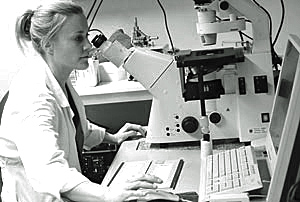WP 1 - OptimEx
WP 1 - Primary prevention (rat model)
WP 1 - Primary prevention (rat model)
Recent data suggest that impaired cardiac and peripheral vascular and/or skeletal muscle function, play an important role in limiting exercise capacity in HFPEF. On the other hand, exercise training is shown to improve exercise capacity by modulating these factors.
As a basis we will determine the role and effect of exercise training upon known mechanistic factors related to HFPEF (e.g. collagen amount, collagen type, collagen cross-linkage, MMPs and TIMPs, titin-isoforms, PKG/NO). We will also compare the effects of the different exercise programs on physiological and molecular markers obtained from another ongoing EU project where we contribute with biological material, aimed to understand biological networks which influence health (META-PREDICT, PI: James Timmons). Further, preliminary data generated at our laboratories points to altered calcium (Ca2+) handling in cardiomyocytes and peripheral vascular and muscular dysfunction dependent on metabolic state and aging1,2. These effects seem to be restored after exercise training. However, the relative contribution of these organs in the exercise-induced benefits in HFPEF is unknown. Moreover the dose-response relationship has to be established.
 Objectives
Objectives
1. To optimize the dose-response relationship (optimal exercise volume=frequency x intensity x duration) to prevent left ventricular diastolic dysfunction (E/é) and sustain exercise capacity (peakVO2) in rats prone to develop HFPEF.
2. To optimize the dose-response relationship of exercise intervention on:
a. Heart: (Determinants of myocardial stiffness: Extracellular matrix environment, cardiomyocyte Ca2+ handling and excitation-contraction coupling, energy production, PKG/NO dependency)
b. Blood vessels (Molecular determinants of endothelial dysfunction in arteries, vascular stiffness)
c. Skeletal muscle (Determinants of exercise intolerance: energy production, anabolic and catabolic pathways, expression and secondary modification of contractile proteins
3. To identify and test potential novel candidates (mRNAs/miRs) through which exercise training can influence the development of diastolic dysfunction in all three organs and plasma.
WP 1 leader is Volker Adams, the University of Leipzig.

1 Wisloff U, et al. Cardiovascular risk factors emerge after artificial selection for low aerobic capacity. Science 2005, 307: 418-420.
2 Koch LG, et al. Intrinsic aerobic capacity sets a divide for aging and longevity. Circ Res 2011, 109:1162-1172.
